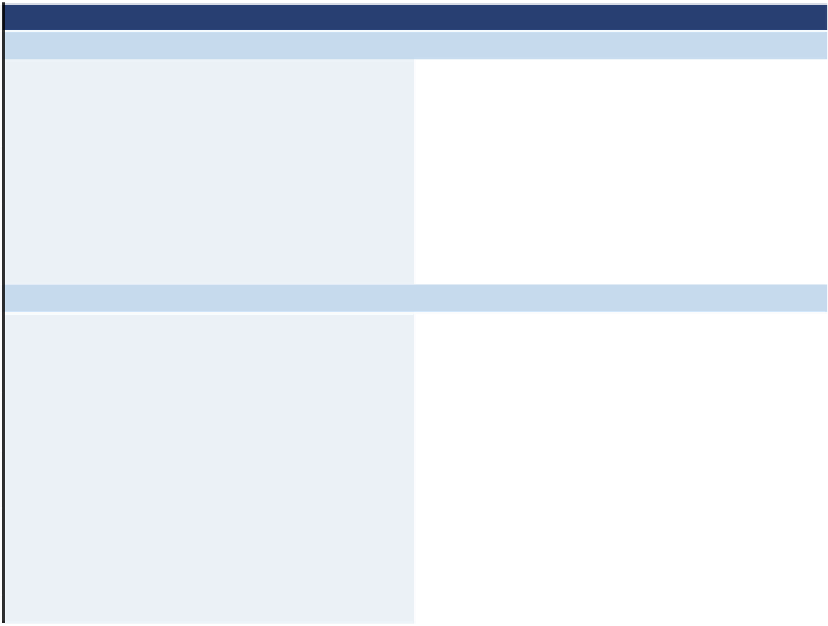Biomedical Engineering Reference
In-Depth Information
will deliver 100% of the initial EVO loading utilizing the same injection well network. No
bioaugmentation will be necessary after the first injection. No other operation and maintenance
is required with this remedial option. Quarterly monitoring will be performed for the first 5 years,
followed by semi-annual monitoring thereafter. Both the quarterly and semi-annual monitoring
will include parameters specific to the remedy, such as TOC and other relevant MNA analytes.
11.5.4 EISB Remediation Technology Costs
This section presents the costs for EISB for each of the three template sites.
11.5.4.1 Cost for Case 1: Residual Source Area
The cost analyses for EISB for Case 1 are presented in Table
11.3
. A summary of the costs is
presented in Table
11.4
.
Monitoring costs constitute 45% of the total cost for this remedy, reflecting the need for
long-term monitoring after source treatment is completed. This analysis highlights the magni-
tude of one of the potential benefits of bioaugmentation, which is that it has the potential to
reduce the time required to achieve remedial objectives and thereby reduce the duration and
cost of the monitoring program. Given the assumption that only one additional injection of
electron donor will be required to achieve remedial objectives, the O&M costs in this case are
Table 11.3. EISB Cost for Case 1
Cost Element
EISB Cost ($)
Design
Pre-design sampling and utility survey
15,000
Laboratory studies
20,000
Groundwater modeling
20,000
In-field hydraulic testing
2,000
Detailed design
10,000
Permitting and reports (including bioaugmentation
related)
13,000
Total design
80,000
Capital
Site preparation
2,000
Injection/monitoring well installation and
development
23,500
Process equipment
9,000
Materials
12,000
Labor
13,000
Cost for bioaugmentation culture
4,000
Additional cost for injection of culture
4,000
Waste management and disposal
1,000
Reports
5,000
Total capital
73,500
(continued)
























Search WWH ::

Custom Search